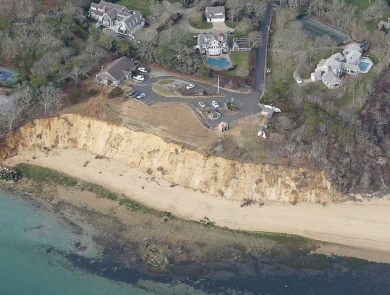Location
1371 Wildlife Drive
Springville, TN 38356
United States
Volunteer Position Overview
About This Position
Join the team at Tennessee National Wildlife Refuge to help us with conservation needs on the ground! Located on a beautiful bay of Kentucky Lake, we offer a peaceful serene setting filled with wildlife encounters. This refuge is located near multiple other public lands to explore during your off days. Bring your fishing poles, bikes, kayaks, and hiking boots for more adventures on the refuge and also nearby!
We exchange a large covered RV pad, with full hookups, propane, laundry facilities and wifi for 24 hours of work per week. A work vehicle, equipment and PPE for duties are all provided. Any previous federal equipment or ATV training is desirable, but not mandatory.
Just a quick tidbit of information about TN NWR, it is a 51,000 acre conservation area made up of a wide variety of habitats that attract migratory birds following the Mississippi Flyway. The main focus of this refuge is to provide a stopover site that supplies food and sanctuary to wintering waterfowl during their migration seasons.
Stories About Volunteering
Other Ways to Work with Us
Are you looking for something different than a volunteer opportunity? The Fish and Wildlife Service employs around 9,000 people nationwide and offers great internship opportunities every year.





